A visit to Goffs off Highway 66 is a step back in history for its museum
In August of 2020, I wrote a travel piece entitled, ‘Goffs, a True Railroad Town’ which received pretty good reviews - except from one reader.
"Why are you such a lazy travel writer? You should have walked around the grounds of the outdoor museum in Goffs. Are your feet too tender?"
I did ask Laureen, after reading that comment, “Do I have tender feet?”
She just stared at me and walked out of the room we had been sitting in together. I wanted to follow her, but suddenly my feet were sore. I dropped the subject.
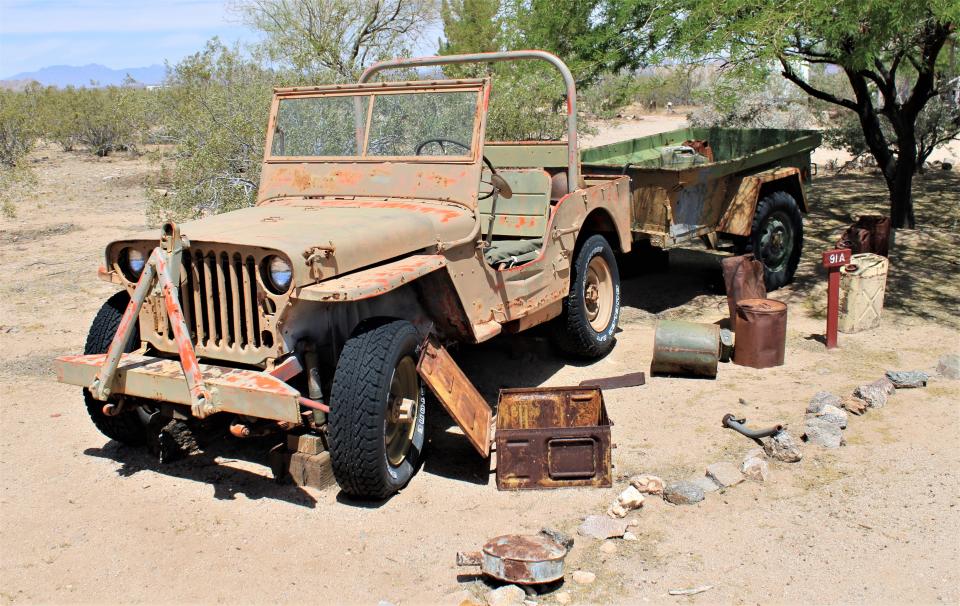
In all transparency, during that visit in 2020, it was the height of the hysteria concerning COVID-19. The Goffs museum, like pretty much everything else in California, was closed to visitors.
A couple of months ago, I received a text from Marcy Taylor, director of the Apple Valley Legacy Museum.
"You should revisit Goffs. The museum is open again," she said.
So, I did.
According to Laura Misajet, the director of Museum Operation and Public Outreach for the Mojave Desert Heritage and Cultural Association, the museum receives between 2,500 and 3,000 visitors on an annual basis.
Not bad for a small place that is 108 miles south of Las Vegas and 232 miles east of Los Angeles.
One of the first items a visitor will notice is a huge sign upheld by a large telephone pole entrance gate that reads ‘Study the Past.’
To understand and experience history sometimes takes a drive or a flight of many miles. I have put in both during my time here on this floating globe in the universe.
Some may not think so, though.
“Daddy, I don’t want to fly 13 hours to visit old silly Rome. Can’t the Italians just bring it to me?
“No, Virginia. They cannot.”
To travel and explore often means traveling and exploring far from home, and that’s okay. It is how we learn about people and times that are no longer present, but not forgotten either.
This section of the Mojave Road, where Goffs sits, is part of those 2,400 miles of asphalt named Route 66. And Goffs sits smack on it.
Goffs may only have a population of 20 or so, but it has a long railroad and military history, as detailed in my previous 2020 article.
Generally, I do not make return visits to places where I have already traveled. But, since I was not able to venture around the grounds of the museum in 2020, I believed this called for an exception to my self-imposed rule.
Rules are made to be broken, I heard from someone, and I am glad I did not adhere to my own regulations.
The Mojave Desert Heritage grounds were well worth a second look.
A focal point for the museum is the old Goffs schoolhouse. A concrete-looking structure with wide verandas.
“The schoolhouse was built as a school in 1914,” Laura explained. “The Santa Fe railroad had enough employees at Goffs to justify a schoolhouse. For an East Mojave Desert school, it was larger than most schools so the eight hundred square-foot classroom was sufficient for dances, church services, and community affairs of all sorts.”
As I wandered into the schoolhouse and looked at the simple wooden desks with hinged desktops, it reminded me of why I enjoyed visiting historical places.
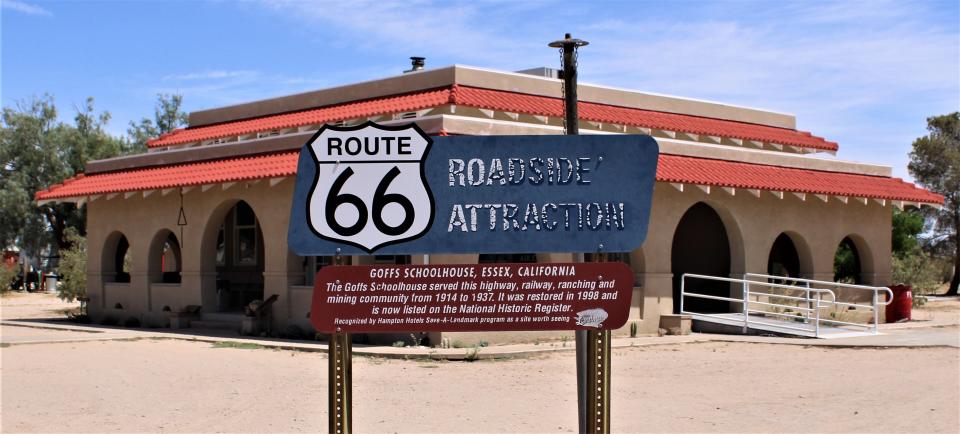
With a bit of an imagination, and I have quite a bit of it, the sounds of school children rang out at me in that classroom.
Students listening to the teacher, jotting notes onto their paper with pencils from the teacher may have written on the chalkboard, and wondering when recess would start.
I wondered for a moment if little Timmy had hidden a gnarly old frog in that desktop so he could scare the education right out of Samantha, his schoolmate sitting next to him.
I smiled at that.
“The school continued until 1937 when the district was absorbed into the Needles School District,” Laura finished.
As a visitor, I started to wander the 75 acres of the outdoor museum and was met by Andy, an employee.
“I’ve been here for two months but each day I am learning so much about not only Goffs but the surrounding area,” Andy said. “There’s so much to see here.”
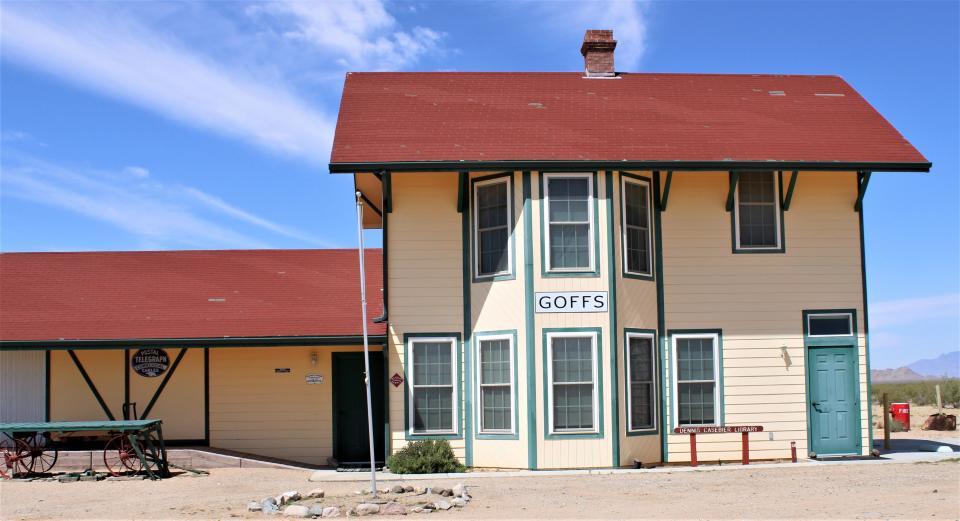
I nodded and opened the guidebook detailing all the historical objects that the museum has to offer the traveler.
There are, as of now, 117 different and unique items or sites spread over the large grounds.
#9 - the Route 66 house built in 1927 in Goffs and moved to the museum in 1992. It houses over 6,000 books as a library.
#36 - a railroad crossing with gates and lights that served Newberry Springs for decades and moved to the museum in 2003.
#48 - a replica of a historic blacksmith shop built by Arioch M’greene in 2021.
#91A - a WWII jeep and trailer donated to the museum by Hugh Brown in 2019.
There were so many exhibits to view and read about, that the hours slipped by beneath the early afternoon sun.
The voluntarism and enthusiasm of the folks who put this museum together and keep it together is awe-inspiring.
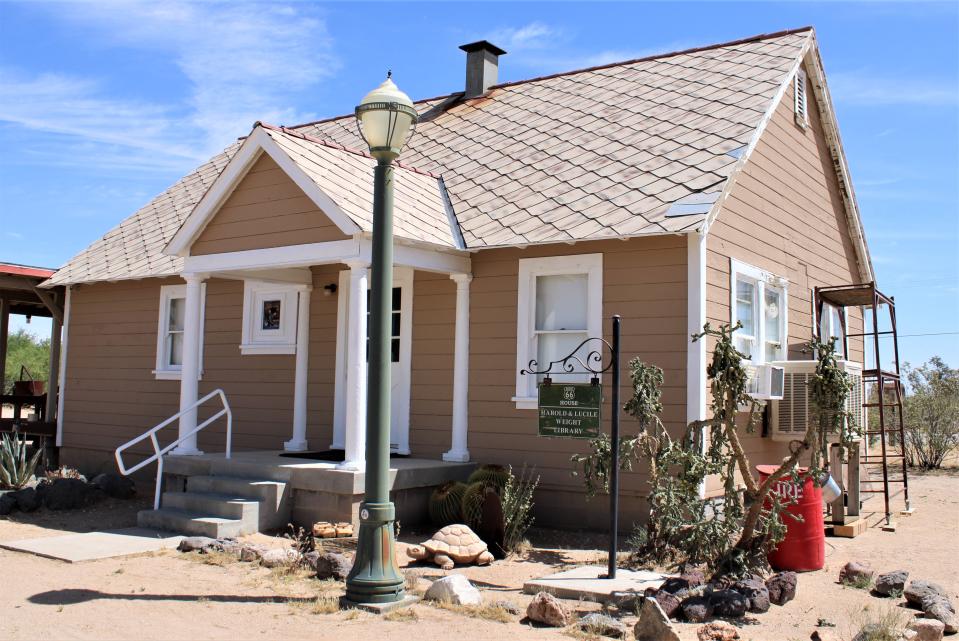
One of my favorites locations was #104A - the Mojave Road Bus. This large old bullet riddled bus had sat on private land along the Mojave Trail/Road for over 35 years until 2018. The land was then purchased by the Mojave Desert Land Trust and moved to the community of Joshua Tree. In 2018 the bus was finally moved to its present location at the museum.
In 2016, my longtime buddy Paul and I drove three days along the Mojave Trail/Road and actually visited the bus. A strange sight along vast stretches of empty desert, but at the same time a recollection of how humans can be so ingenious or silly to drive a school bus along roads meant only for four-wheel drives or burros.
Laura informed me that the museum holds quite a few events every year.
“We host member events such as Rendezvous every October and Spring Encampment every April. Our facility is available for outside organizations to hold events here at MDHCA. This year we hosted the Society for the Conservation of Bighorn Sheep and Camel Trek in May, and upcoming events include Desert Explorers and the Desert Survivors in October. As well as Riverside four-wheel drive club in November.”
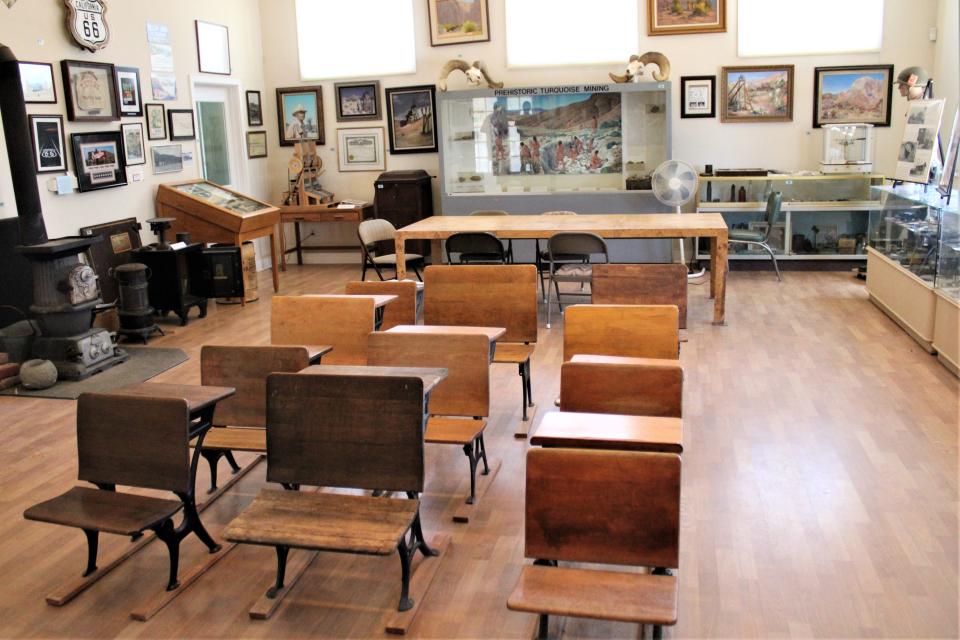
She smiled, “We also have great night skies for viewing the cosmos. In August, we hold the Perseid meteor shower parties which are open to anyone.”
And there are several campsites available for those who want to sleep beneath the stars.
As I was about to leave, Andy told me to visit the lone telephone exhibit, their newest, at the far end of the 75 acres.
“It is a homage to those lonely phone booths people could find all over the place,” he said. “Especially along Route 66. Don’t see payphones much nowadays.”
Wandering out back, looking out for rattlesnakes, I came upon the familiar and iconic glass and metal phone booth that most millennials and younger generations would have a hard time recognizing.
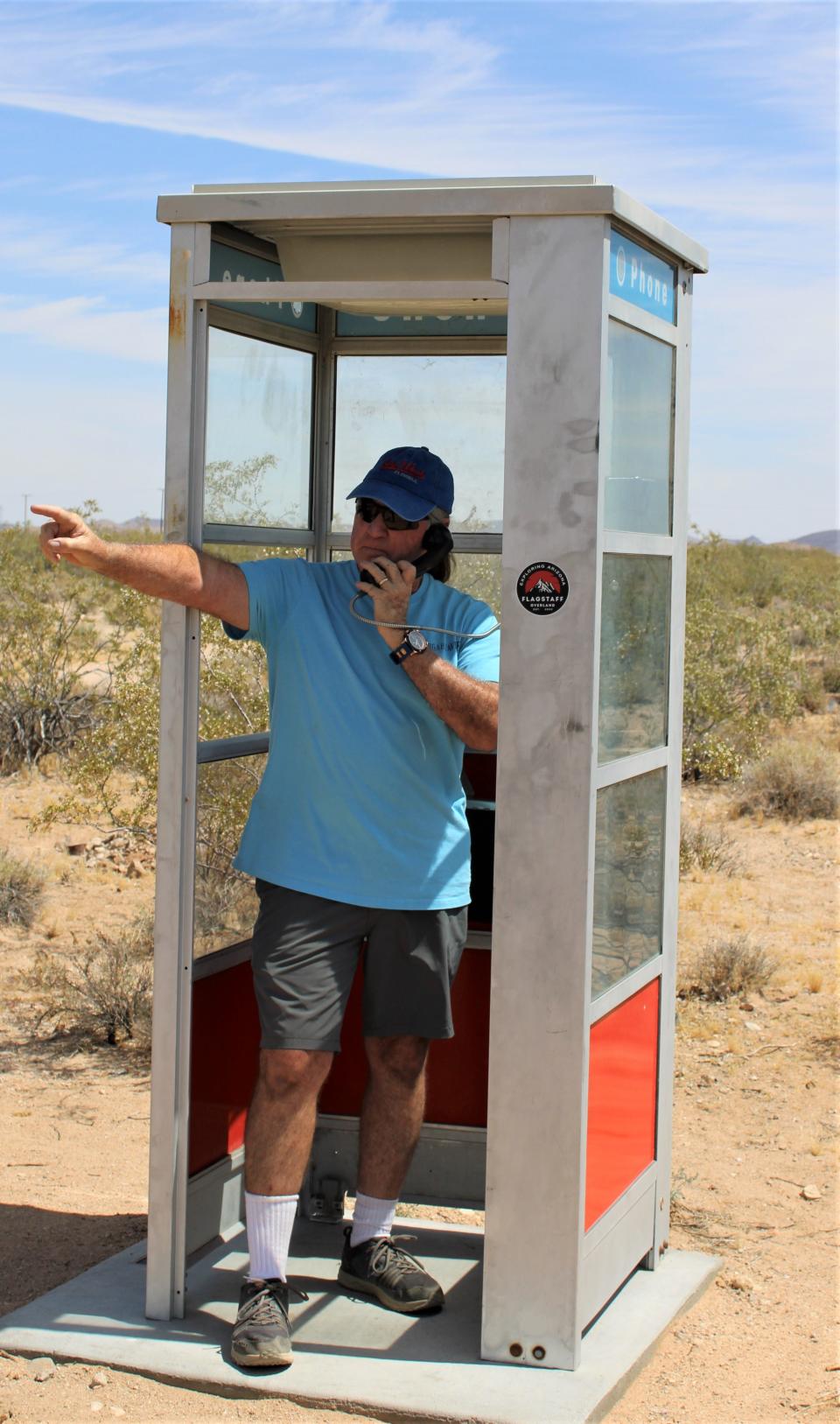
I knew and recalled how many times I would drive up to one, drop in some coins and pray the reception would be good enough for my parents to believe I was still at the library studying.
No rattlesnakes through my tromp in the desert but a lot of new memories of what I had learned over the past few hours.
Again, I don’t generally revisit a place - but perhaps I should.
For more information: https://www.mdhca.org/
John can be reached at - beyersbyways@gmail.com
This article originally appeared on Victorville Daily Press: A visit to Goffs off Highway 66 is a step back in history

